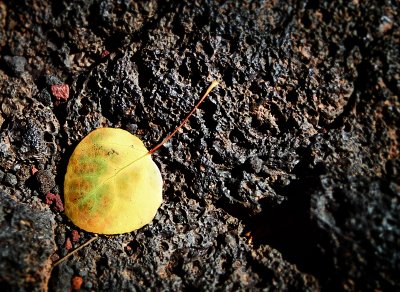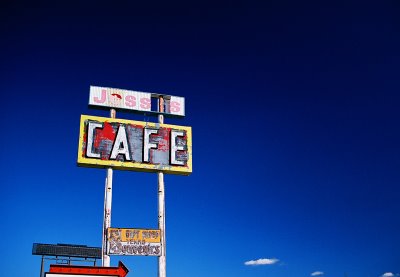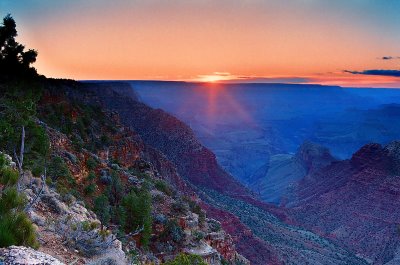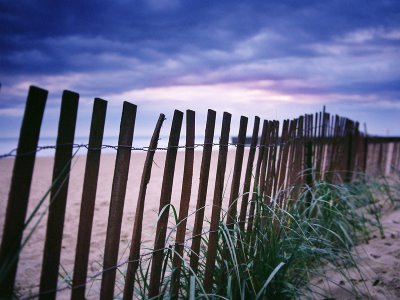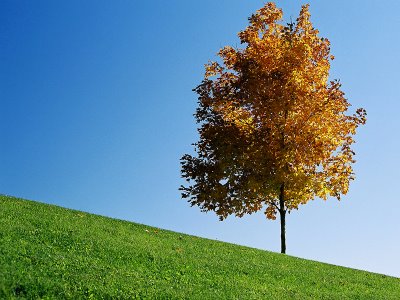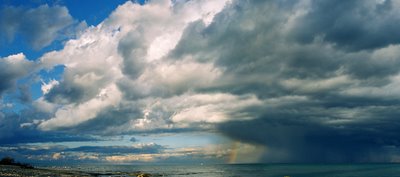
Yes, I know the lower right corner of this photo is fogged. That's what you get when you invade an unseen being's sacred space. I've seen it happen before. Let me explain.
My first job as a teenager was sales clerk in a camera shop. One day an old woman came in, a bit distraught. She had a package of photos and negatives with her and asked if we could make an enlargement from the extreme edges of a negative. She really wanted the special positioning of the print.
Before I could ask why, the woman explained that she lived alone in an old house with an old upright piano that was a family heirloom. Strange things would happen when the old woman approached the piano. Objects would move from a nearby table and fall to the floor. Sounds like footsteps would emanate nearby - the usual B-movie type stuff, I thought.
The old woman then added that photographs taken of or near the piano would sometimes be mysteriously fogged and occasionally reveal the apparition of a human form. She then showed me a photo of the piano with the lower right corner fogged a bit. I just assumed it was a problem with the camera’s flash or the classic finger-over-the-lens error. Then she showed me the negative.
At the edge of the negative frame, in the middle of the fogged area was clearly the image of a human face, its eyes wide open and mouth agape, staring straight into the camera. I turned to the store manager, who had been listening to my exchange with this customer, and before I could ask if we would reprocess the negative, received a terse, “No. We can’t do that.”
I knew full well that we could. We had a darkroom upstairs and could position a negative any way we wanted to in the carrier. For whatever reason, the manager just didn’t want to go there. I handed the photos and negatives back to the old woman and said, “I’m sorry, ma’am.” She sadly left the store.
Fast forward thirty years. I’m standing alone as evening falls over the high desert of Arizona, where 800 years earlier a people group lived their lives and buried their dead. I had come to photograph the ruins of the pueblos at the end of the day. I circled the largest pueblo, nicknamed “The Citadel” because it sits atop a bluff overlooking all of the other pueblos in the area, trying to angle a large cloud into the picture frame to my liking.
While tracking over the rocky terrain, I couldn’t help but wonder if the area around this particular pueblo and an adjacent crevasse was some type of sacred space for the people who lived here. I still wonder because I discovered, after I received the processed film, that all three frames I had shot of the pueblo from this angle were fogged in the lower right corner.
The photos on the negatives either side of this series were just fine, as were all other frames on the roll. It couldn’t have been a reflection from the fading sunlight on my lens or filter. The camera was angled away from the setting sun, and before the relatively long exposures, I had opened my jacket to shield the camera and tripod to steady them against a strong wind that blew in from the west, blocking any ambient light.
I've spent some time manipulating the corner of the photo, playing with levels and contast, even blurring and sharpening to see if anything - or anyone- might show up. Nothing so far.
Just kind of makes you go "Hmm." Happy Halloween.
Click on picture to enlarge. Photograph © 2006 James Jordan.
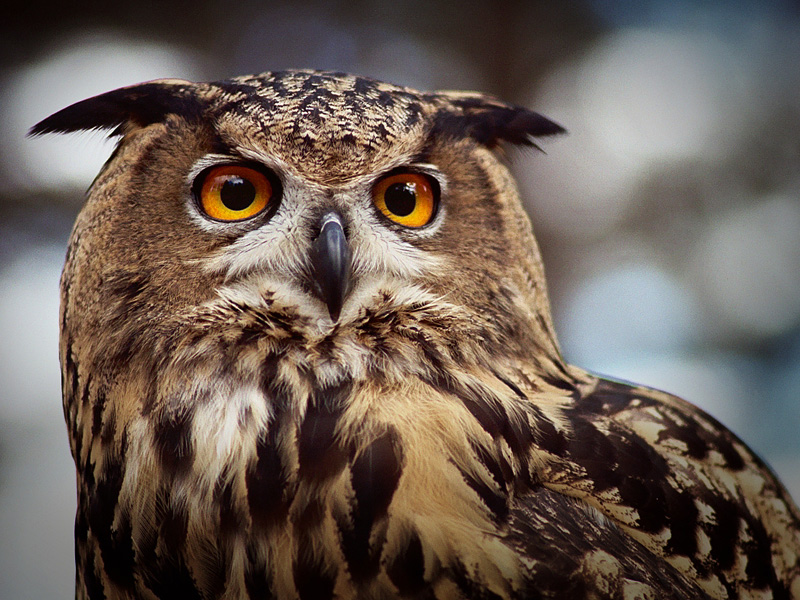 The Great Horned Owl is efficiently designed for the purpose of detecting and capturing prey. Not a single feature is wasted on anything other than that purpose. This particular owl was on display at the Nature Arboretum near Flagstaff, Arizona, and was being handled by an expert in large carniverous birds.
The Great Horned Owl is efficiently designed for the purpose of detecting and capturing prey. Not a single feature is wasted on anything other than that purpose. This particular owl was on display at the Nature Arboretum near Flagstaff, Arizona, and was being handled by an expert in large carniverous birds.

